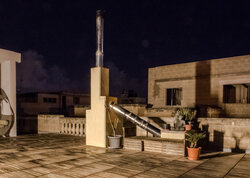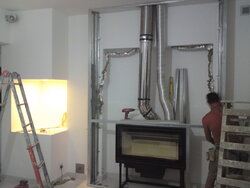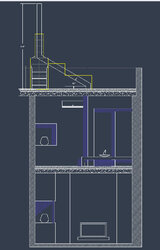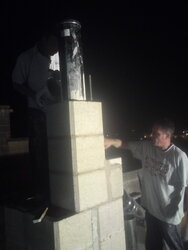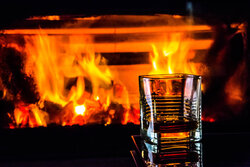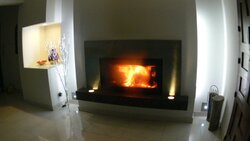Dear All,
5 years ago I installed a fireplace. The chimney goes 2 storeys up until it reaches roof level. Due to planning constraints, I had to bend my chimney by 30 degrees rather than 45 degrees. All worked well and the draft is very strong. Recently my chimney got badly blocked, there was a huge amount of creosote. After cleaning it,
the fireplace worked perfectly again.
Do you think that the large amount of creosote is due to the sharp bends? Do you think that if I insulate the inclined section, I would get less creosote buildup?
please refer to photo.
thanks
Steve
5 years ago I installed a fireplace. The chimney goes 2 storeys up until it reaches roof level. Due to planning constraints, I had to bend my chimney by 30 degrees rather than 45 degrees. All worked well and the draft is very strong. Recently my chimney got badly blocked, there was a huge amount of creosote. After cleaning it,
the fireplace worked perfectly again.
Do you think that the large amount of creosote is due to the sharp bends? Do you think that if I insulate the inclined section, I would get less creosote buildup?
please refer to photo.
thanks
Steve


